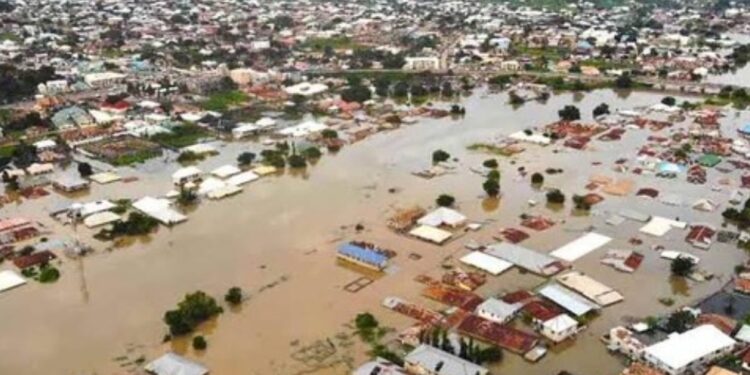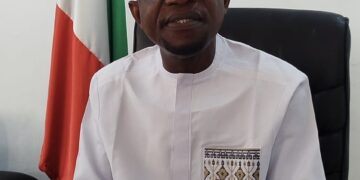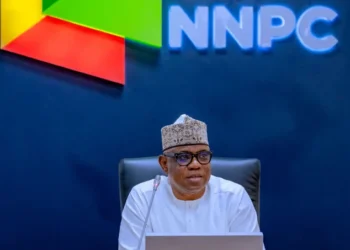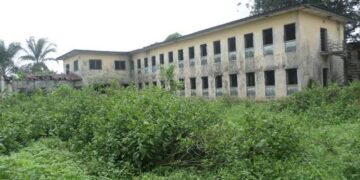The federal government has forecast flooding and heavy rains in 30 states as well as the Federal Capital Territory
(FCT), Abuja.
This was said by Water Resources Minister Joseph Utsev on Thursday when he presented the 2025 Annual Flood
Outlook to the public.
The high-flood-risk states are Abia, Adamawa, Akwa Ibom, Anambra, Bauchi, Bayelsa, Benue, Borno, Cross River,
Delta, Ebonyi, Edo, Gombe, Imo, Jigawa, Kebbi, Kogi, Kwara, Lagos, Nasarawa, Niger, Ogun, Ondo, Osun, Oyo, Rivers,
Sokoto, Taraba, Yobe, Zamfara and the Federal Capital Territory.
On Thursday, Joseph Utsev, the Minister of Water Resources and Sanitation, warned that rising sea levels would
cause riverine and coastal flooding in several areas of the nation’s South-South geopolitical zone.
Bayelsa, Cross River, Delta, and Rivers are among these states, whilst Akwa-Ibom and Edo are classified as high-risk states for flooding.
Three sections made up the 2025 Annual Flood Outlook (AFO), which addressed the urgent issues of flood disasters
and offered information for mitigation, particularly in the most susceptible populations.
You may also like: Federal Government Approves Airstrip for Canaanland, Oyedepo Announces
The minister disclosed that flooding remained one of the most devastating natural disasters in Nigeria, with climate
change accelerating its frequency and severity.
He revealed that 1,249 communities in 176 Local Government Areas (LGAs) across 30 states and the FCT fall within
high-risk flood zones this year, while an additional 2,187 communities in 293 LGAs face moderate flood risks. Key risk
areas include Abia, Benue, Lagos, Bayelsa, Rivers, and Jigawa, among others.
To improve early warning and response systems, this year’s AFO introduced a community-based flood forecasting
approach. Rather than just general predictions, forecasts are now tailored to specific communities, enhancing
actionable communication and preparedness at the grassroots level.
In his remarks, Richard Pheelangwah, the Permanent Secretary of the Ministry of Water Resources and Sanitation,
asked stakeholders to give early reaction top priority. “This outlook is about protecting lives and livelihoods, not just about numbers,” he stated.
According to NIHSA Director General Umar Mohammed, this year’s flood projection now identifies particular localities
in danger in addition to mapping LGAs.
“Our focus has expanded to assess sectoral impacts on health, education, agriculture, and infrastructure, offering more robust tools to policymakers and disaster risk managers,” he said.





































